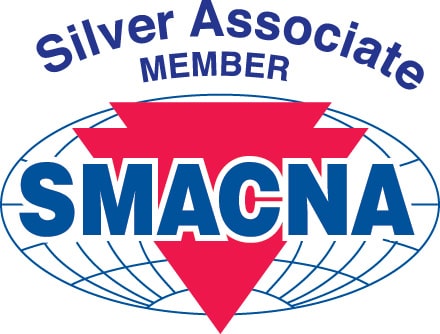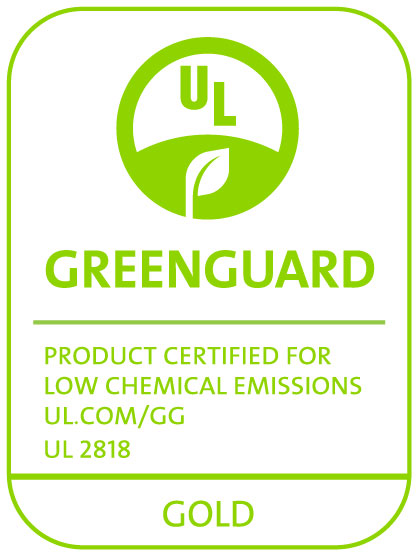The Case for Plumbing Pipe Insulation
July 9, 2021
The most important contributions that plumbing pipe insulation can deliver for domestic hot and cold water piping systems are energy conservation, condensation control, and freeze protection. National model energy standards,…
Learn More










